![]() I have been tossing around an idea for an animated feature film. I have a ton of notes, character breakdowns, beat sheets, outlines, etc., etc. Now its just a question of putting it down on the page. My question is fairly simple and straight-forward: Am I wasting my time?
I have been tossing around an idea for an animated feature film. I have a ton of notes, character breakdowns, beat sheets, outlines, etc., etc. Now its just a question of putting it down on the page. My question is fairly simple and straight-forward: Am I wasting my time?
I’ve read that writing specs for animation should be avoided, as the big animation studios typically take pitches, ideas, and submissions internally. Is this the case?
I know you are credited on Corpse Bride and Titan A.E. I’m assuming those were both work-for-hires. But what do you think about specs?
— Jack Mulligan
Go ahead and write it. It’s very unlikely that an animation spec will get sold and produced, but remember, that’s not the only goal of writing a spec. You write specs to get your *next* job, and if you can write a great animated spec, do it.
Both Titan A.E. and Corpse Bride were rewrites of movies already close to production. In both cases, I didn’t need to write at all differently than live-action. There were small semantic changes — in animation, you number for sequences rather than scenes — but when reading the script, you wouldn’t necessarily know that it was going to be animated rather than live-action. So don’t freak out about some special formatting you see in a printed script or guidebook. Just write it like a normal feature.
Last year, I had a meeting with Disney Animation, in which they talked through all of their upcoming projects. It’s clear they really develop in-house, and aren’t searching the town for new material. And I suspect that’s true for all of the majors.
But the animated spec you write could be a great sample for live action, particularly if it showcases comedy and set-pieces. If you write Shrek, you can write funny, and someone will want to hire you.
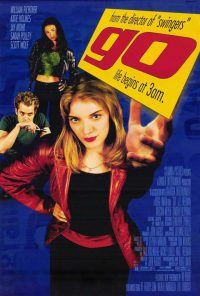
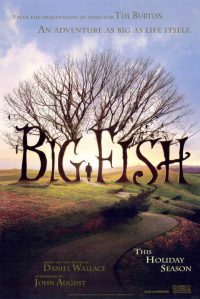
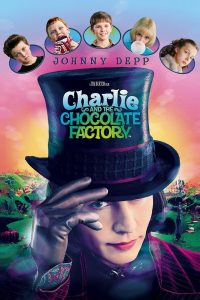
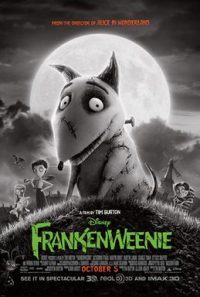
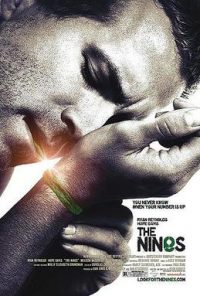

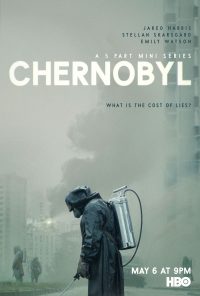
 I just finished reading [both episodes](http://johnaugust.com/library) of The Circle, and I was wondering if you could answer a few questions about writing for television.
I just finished reading [both episodes](http://johnaugust.com/library) of The Circle, and I was wondering if you could answer a few questions about writing for television.